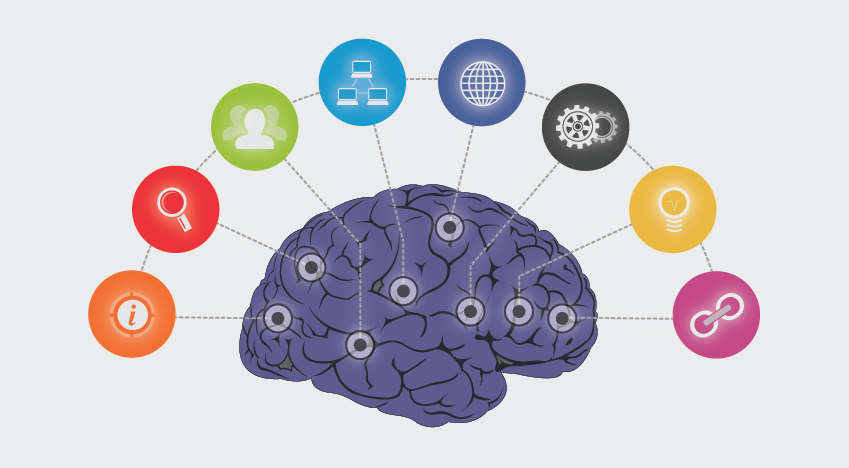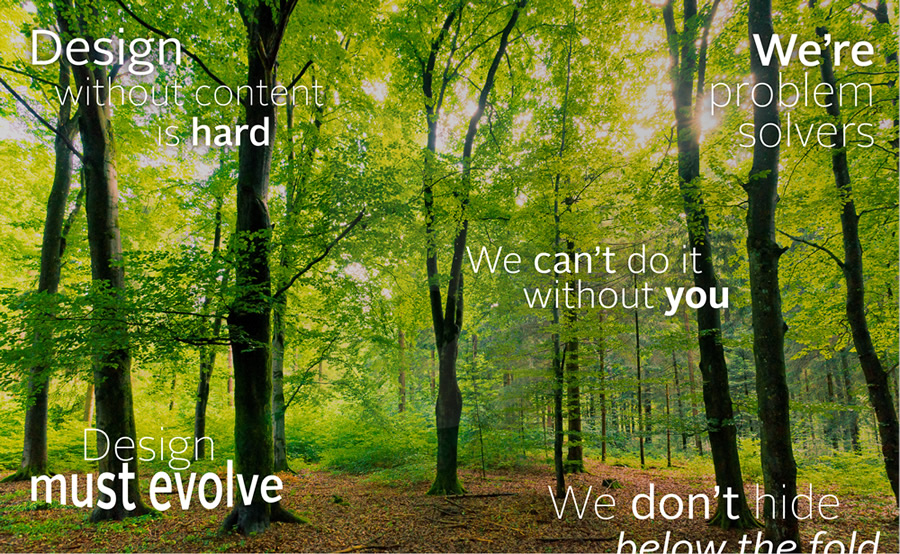The Essential Intranet: Intranet Best Practices, Part 1
Does your organization see its intranet as essential? An easy way to find out is to ask yourself, “What if this section of the site did not exist? What would be lost?”
The simple point is that all the content and features of your intranet must deliver business and strategic value. Managers, stakeholders and all users must find the features and functionality beneficial, if not essential, to successful business growth. Your intranet and its connected systems should help standardize your specific work processes, but be based on best practices. It should help people connect to others (experts) who can help them do their job better, together.
For many businesses, the intranet is an essential component of a modern workplace, yet organizations have not paid knowledge management its fair due. Stephan Schillerwein of Infocentric Research makes the case that over one hour is wasted every day by workers ineffectively searching for the information they need to do their jobs. He asserts, “If senior executives would address the real information problems in their organizations, they would not need to worry about the minor effects such as their employees’ use of Facebook and Twitter.”
This is the first of a four-part series on best practices in intranet design, as we see them, and covers some high-level principles. I hope you find this series useful in considering the next steps in the evolution of your company’s digital workplace.
The Employee Must Be at the Center
It is critical to think of the employee as central. Via your intranet, information from all systems should come directly to the employee. A centralization of all messages, news streams, alerts and notifications from individual to individual, team/department to individual and system to individual is the ultimate goal of eliminating redundancy and confusion and increasing efficiency and quality of work. This idea is beginning to be manifested through “walls” or “streams” (think Facebook, Yammer, LinkedIn).
From a user experience focus, the best intranets follow modern design and user experience patterns, with not much difference between how people experience and perceive intranet sites versus all of the sites they use in the modern world. The fact is, people understand Facebook and social activities. They understand selecting the kinds of information (and people) that interest them. They understand Google and relevant search. They understand that anyone can edit a Wikipedia article, that millions make YouTube videos, that you subscribe to people and brands you care about on Twitter, and that LinkedIn lets you connect and network with business professionals. They have no reason to expect an intranet not to function in some of the same ways, and we agree.
We love talking about intranets! Whether you need help building internal support for a new intranet or you’re ready to start your intranet redesign, we’d be glad to assist. We can set up a web conference to review your project, or answer specific questions on how you can make your company’s most important asset the best it can be.
Contact us!
Focus on Relevant Content, Made Findable
Your intranet should not be thought of as a massive library of every document created in the organization. Measures of success should not include how much content is there. The intranet is also not a place where “unimportant” news can be found, leaving “real” news to email or paper. The best intranets focus on having the right content, and making sure that content is findable. They focus on communication of news and information relevant to people’s interest, and served up to them, versus hunted for.
And this information should be enhanced in many ways through the contribution of other employees, through mechanisms like “thumbs up”/liking, through tagging (user classification) and through features like commenting or threaded discussions (allowing users to share knowledge and content with those who are looking). Multiple techniques allow humans to add the real value behind the information.
Broad Connectivity and Accessibility are Mandatory
It is becoming common for both hourly and salaried employees to bring laptops and smartphones to work, and often do work at home or from another place altogether. At the minimum, core intranet content must be available at the office for employees that do not have any other access. But top intranets support all types of access. While some audiences will tend to access the intranet mainly in the workplace, other audiences are just as likely (and may prefer) to access them from home or via a mobile device.
The Intranet Design Annual Report from Nielsen Norman Group noted that in 2010, 30% of their winning intranets had a mobile version, while in 2011, 60% of winners had a mobile intranet, demonstrating that mobile access is becoming not just trendy but also expected by users. In most cases, the content is optimized for the company-issued devices and features a subset of content, but this is rapidly changing.
While controversial, IT departments are increasing support for “bring your own” devices in the enterprise, as well as furthering support for many different devices, rather than one standard. Mobile device management solutions, including connectivity and governance policies, will be a critical element in the next few years. According to the InformationWeek Mobile Security Survey reported in May 2012, 86% of respondents indicated they allow or plan to allow employee-owned devices.
While there will always be discussions about the work-life balance, for some being able to access an intranet from home improves their work-life balance because they can complete tasks quicker and in a more controlled environment, and often at a time of their own choosing.
Intranets Require Commitment
Our core design philosophy for digital experiences is that software technology and infrastructure should not lead the solution, and intranets are no exception. Instead, a cohesive overall vision, grounded in user satisfaction and work success, should guide the structure, content and experience.
The best intranets are run by businesses that commit to success and fund the right activities, governance and content development. They do not have a launch once and forget mindset. Instead, they focus on continuous improvement informed by audience success, satisfaction surveys and feedback.
Features should be continuously enhanced, in tandem with business opportunities and the world at large. Change management and ongoing support is critical and must be anticipated and valued. Certainly new technology and tools, especially social business functions, are part of a wholesale intranet redevelopment; but the technologies themselves will not ensure success.
In part two of this series we’ll call out some of the features of the best intranets. Part three will address opportunities intranets offer for collaboration and recognition. And the fourth and final installment will pull it all together with a discussion of intranet governance practices. Stay tuned!





